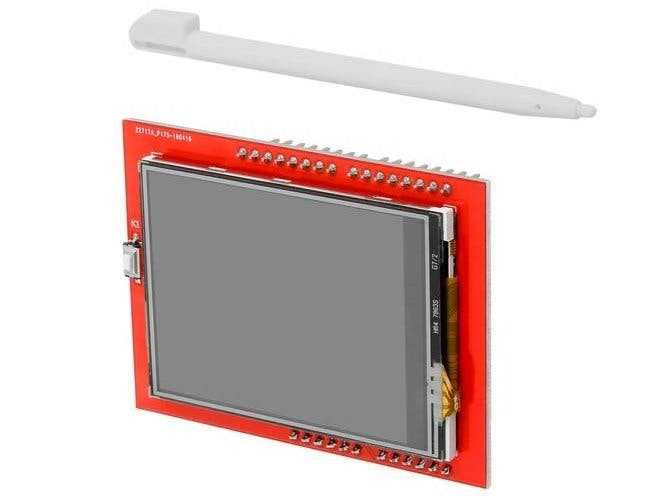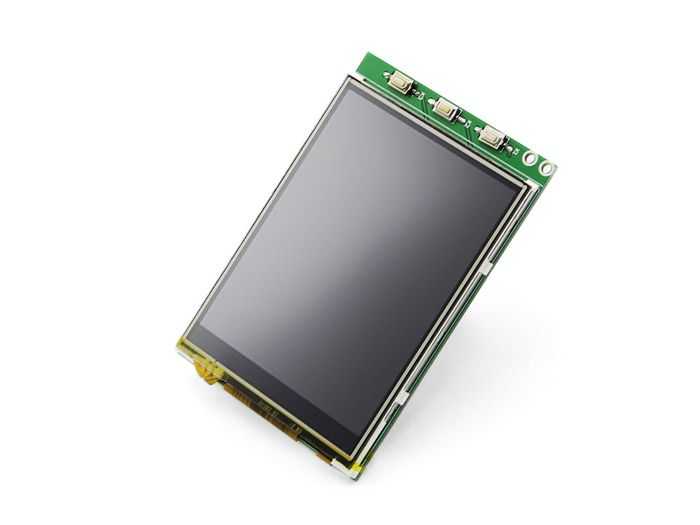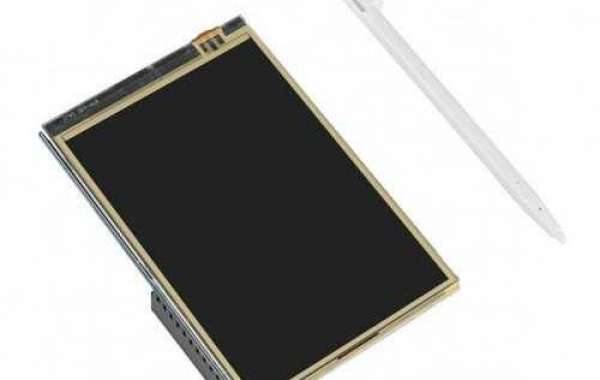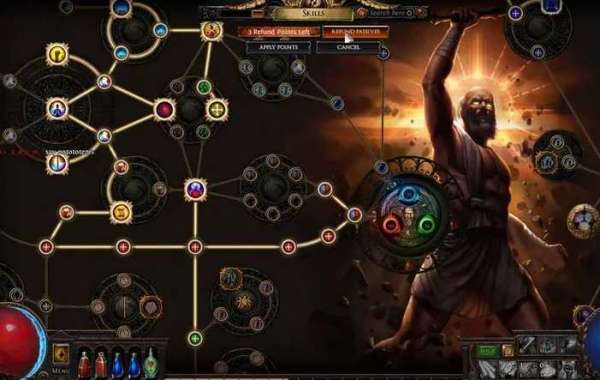How does the actual operation of the TN display work?
When someone refers to a display as a TN LCD, what they actually mean is that it is a Twisted Nematic Liquid Crystal Display. It was the first LCD technology to be commercially successful, and it is still widely used in applications that require low costs and low amounts of power consumption. It should go without saying that we are speaking about passive TN LCDs.
An active matrix display is the product that results from the combination of thin-film transistor (TFT) technology and TN technology. This display has numerous applications in the market for full-color displays and is becoming increasingly popular. When we hear the term "TFT display," our minds immediately jump to the more technical term "TN-TFT," which refers to screens that use liquid crystal display (LCD). Fig. 1.

If we look at Figure 1, we can see that when the voltage is turned off, the light that is coming from the source of the light is not polarized. The path that this light takes through the upper polarizer causes it to transform into a linear pattern. It twists with the twist layer of the liquid crystal when it comes into contact with a molecule of liquid crystal and causes the molecule to twist as well. It passes through the lower glass and then reaches the lower polarizer after undergoing a rotation of ninety degrees.
Because the linear light travels in the same direction as the lower polarizer, the light is able to pass through it, which enables us to observe it. This is because the lower polarizer is also directed in the same direction. When the voltage is removed, the molecule of liquid crystal loses its ability to twist and instead stands perpendicular to the surface of the glass. This causes the liquid crystal to appear as a straight line.
The original does not become twisted when the linear light strikes the layer of liquid crystal; rather, it continues to be permeable after the light has passed through it. This phenomenon does not take place with the lower polarizer because the linear light and the lower polarizer are both in a direction that is perpendicular to one another. We are at last beginning to see the light.
In light of what has been discussed thus far, we can draw the following conclusions:
Why do we call the TN display a twist display when it's actually a 90-degree rotary display?
We have received a positive advertisement that has black characters on a white background. The characters are on a white background.
Just what does an STN-LCD stand for?
LCD is an abbreviation that is commonly used to refer to a Super Twist Nematic Liquid Crystal Display (STN LCD). The low cost and low power consumption of TN LCD displays are two of their most significant advantages; however, these displays also come with a number of inherent drawbacks, some of which include the following:
They should only be used in conjunction with particular kinds of alphanumeric advertisements. Researchers and engineers came up with the STN-LCD in order to get around the limitations that TN-LCDs present and to make high-performance graphic LCD displays a reality.
TN LCDs only have a twist of 90 degrees, whereas STN LCDs can have a twist that ranges from 180 to 270 degrees. STN LCDs are more expensive than TN LCDs. As a direct consequence of this modification, the electro-optical performance of the STN display will undergo substantial alterations. See Fig. 2.
It is abundantly clear that the multiplexing driver of the STN display has undergone significant development since it was initially manufactured. In point of fact, STN technology is able to drive point matrix displays with a duty cycle of up to 1/240. Citation needed Citation needed

On the other hand, STN LCDs come with their own specific problems on the inside. The primary contributor to the issue is the fact that their natural color is either yellow, green, or blue.
Some of the problems associated with eigencolors include the following:
Displays in black and white are more common for the human eye to perceive than color displays.
Due to the fact that RGB is an abbreviation for red, green, and blue, it is impossible to create displays with the full color spectrum by using an RGB color filter.
These problems served as the impetus for the development of the FSTN LCD display technology, which was subsequently made available to the public.
The Japanese scientists and engineers used a layer of delay film to compensate for the color, which caused the STN color to change from color to black and white. This was done so that the STN could be used for television broadcasts. The creation of monochrome black and white FSTN laid the groundwork for the development of color STN, which is also known as CSTN.
When compared to displays using TN technologyDisplays that use FSTN have a significantly higher contrast, and they also have wider viewing angles. On the other hand, the FSTN technology must be limited to use in only passive matrix applications. This restriction must be adhered to. They are not compatible with TFT technologies such as TN technologies, which are necessary for active matrix display applications but they are not compatible with those technologies.








